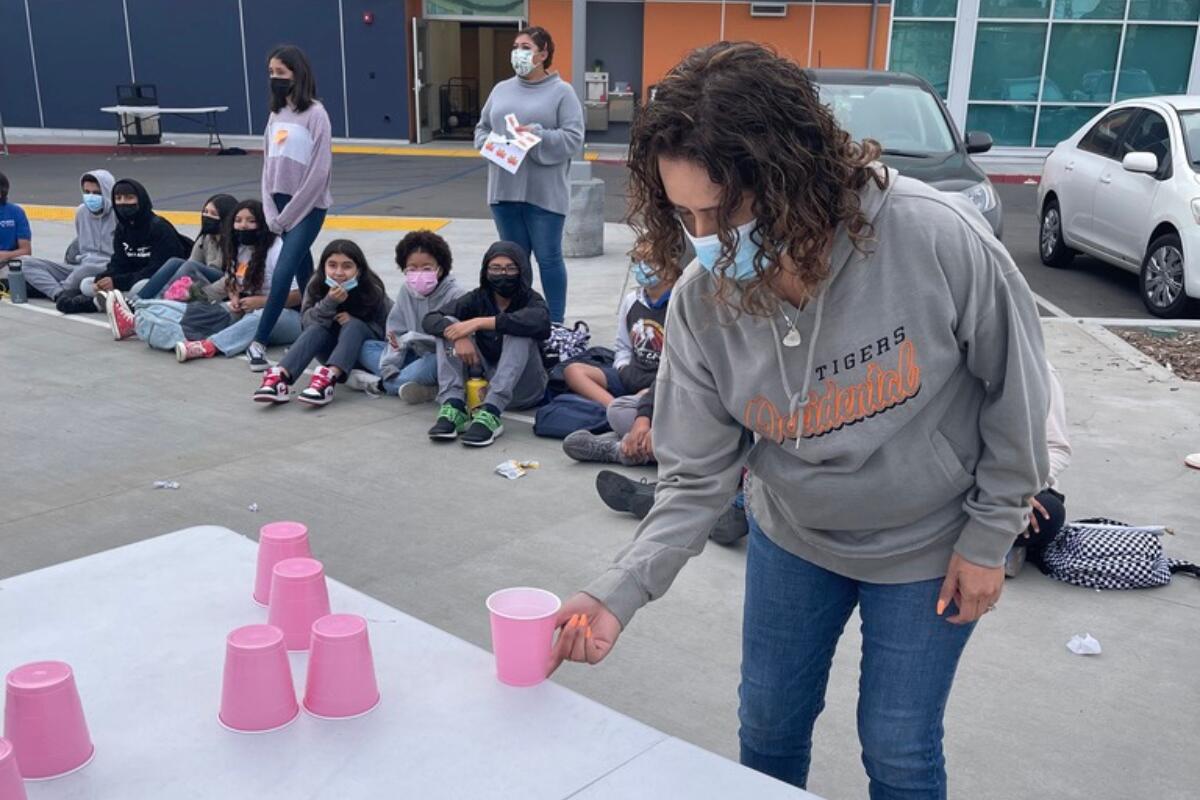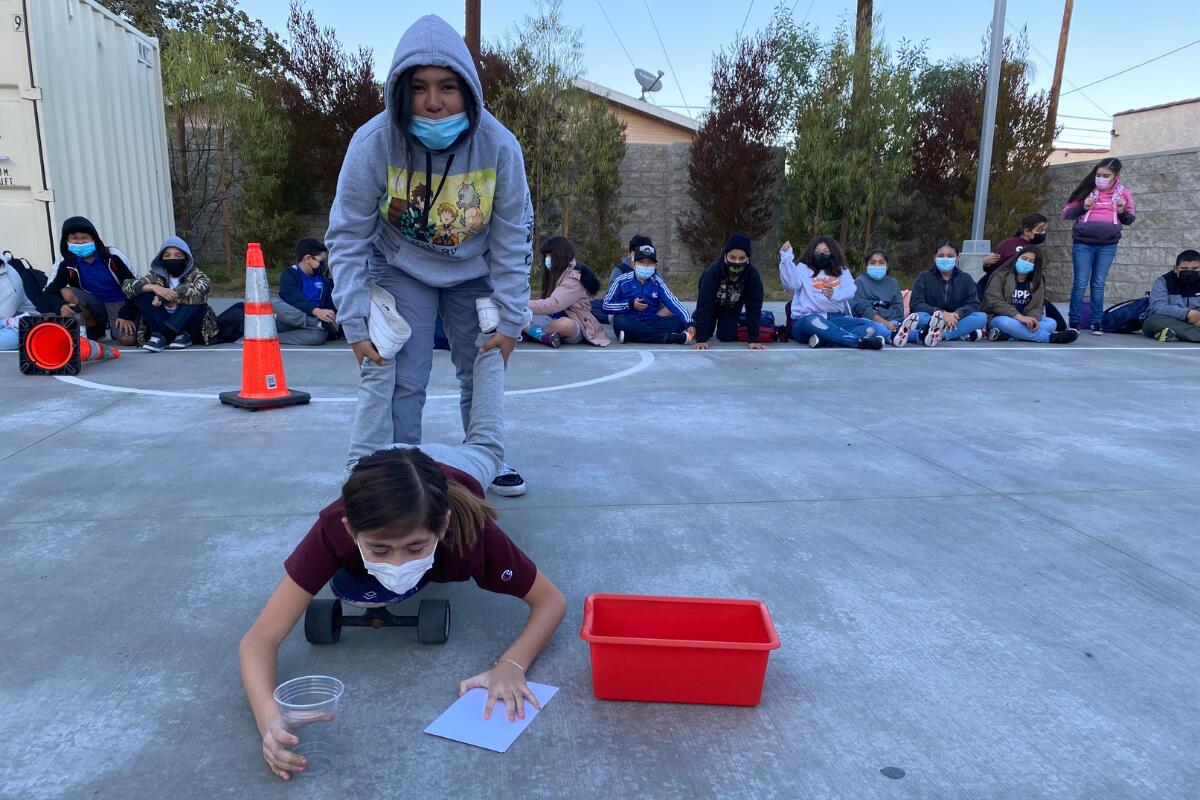
Since 2018, KIPP Corazón Academy (KCA) middle school has prided itself on being a restorative community fueled by students, educators, team members, and family members who frequently use their individual and collective voices to uplift, connect, and empower one another.
At KCA, restorative justice is more than a model — it is a way of being in community with each other. Restorative justice practices were important to KCA’s founding School Leader Mario Echeverria and served as an inspiration to co-create a way of being with young people that wasn’t focused on traditional school discipline models.
To this day, KCA frequently uses restorative practices to foster a school culture grounded in respect, trust, and connectivity. Ingraining restorative approaches into the school culture has proven to be an equity-centered strategy that makes all members of the school community feel seen, heard, and valued.
“The reason that restorative justice has such a positive impact on our community is because our staff works really hard to create and build relationships with students throughout the year," said KCA Dean Jennifer Mucito. “I am sure that many of us remember growing up in an educational setting where our behavior was dealt with through punishment. Many of our restorative practices allow students the opportunity to reflect on their actions and take accountability for their choices. This wouldn't be possible if strong relationships between staff and students did not exist.”

KCA team member participating in a community circle activity
Howard Zehr, author of “The Little Book of Restorative Justice,” describes restorative justice (RJ) as a “process to involve those who have a stake in the specific offense and to collectively identify and address harms, needs, and obligations, in order to heal and put things as right as possible." Restorative approaches emphasize the importance of building relationships and community, assessing and acknowledging conflicts, and repairing collective harm.
To address persistent racial, ethnic, gender, and ability disparities in exclusionary disciplines, numerous schools nationwide have begun to adopt restorative practices on their campuses. In addition, more schools have turned to restorative justice approaches to allow students to heal from the trauma and disruptions brought on by the pandemic.
Restorative approaches prioritize mediation and conflict resolution instead of using traditional punitive disciplinary practices, such as detention and suspension. As a result, restorative dialogues tend to include questions about what happened, who was impacted, how they were impacted, and what can be done to make things right are often asked during the reflection process.
In order to maintain their restorative community and stay grounded in their vision, every KCA educator is required to take restorative justice professional development courses. During the sessions, educators are encouraged to reflect on how they can build strong foundations of respect in the classroom to foster academic and social-emotional learning.

KCA students participating in a community circle activity
KCA educators and team members also prioritize implementing restorative practices throughout the school year, including calm corners, relationship-building activities, student check-ins, community circles, community meetings, positive reinforcement, reflection sheets, restorative conversations, and harm circles.
Community circles, for example, are one of the most popular ways KCA educators build community in the classroom. In an initial community circle, everyone is asked to think about an object or item that is extremely important or holds sentimental value. The teacher starts by introducing theirs and uses that as an initial talking piece. They then pass the talking piece to the left, and everyone is allowed to share about theirs when it’s their turn.
KCA students also participate in a daily 30-minute “RJ Block” with their homeroom teacher. During this session, they engage in different activities and lessons on various topics, such as identity, cultural appropriation, feminism, anti-blackness, and current events.
KIPP Corazón Academy is just one example of how our schools foster safe, welcoming, and holistic learning environments for our KIPPsters. We hope you’ll take the time to visit any one of our campuses to learn more about how we stay committed to creating joyful and academically excellent public schools.
